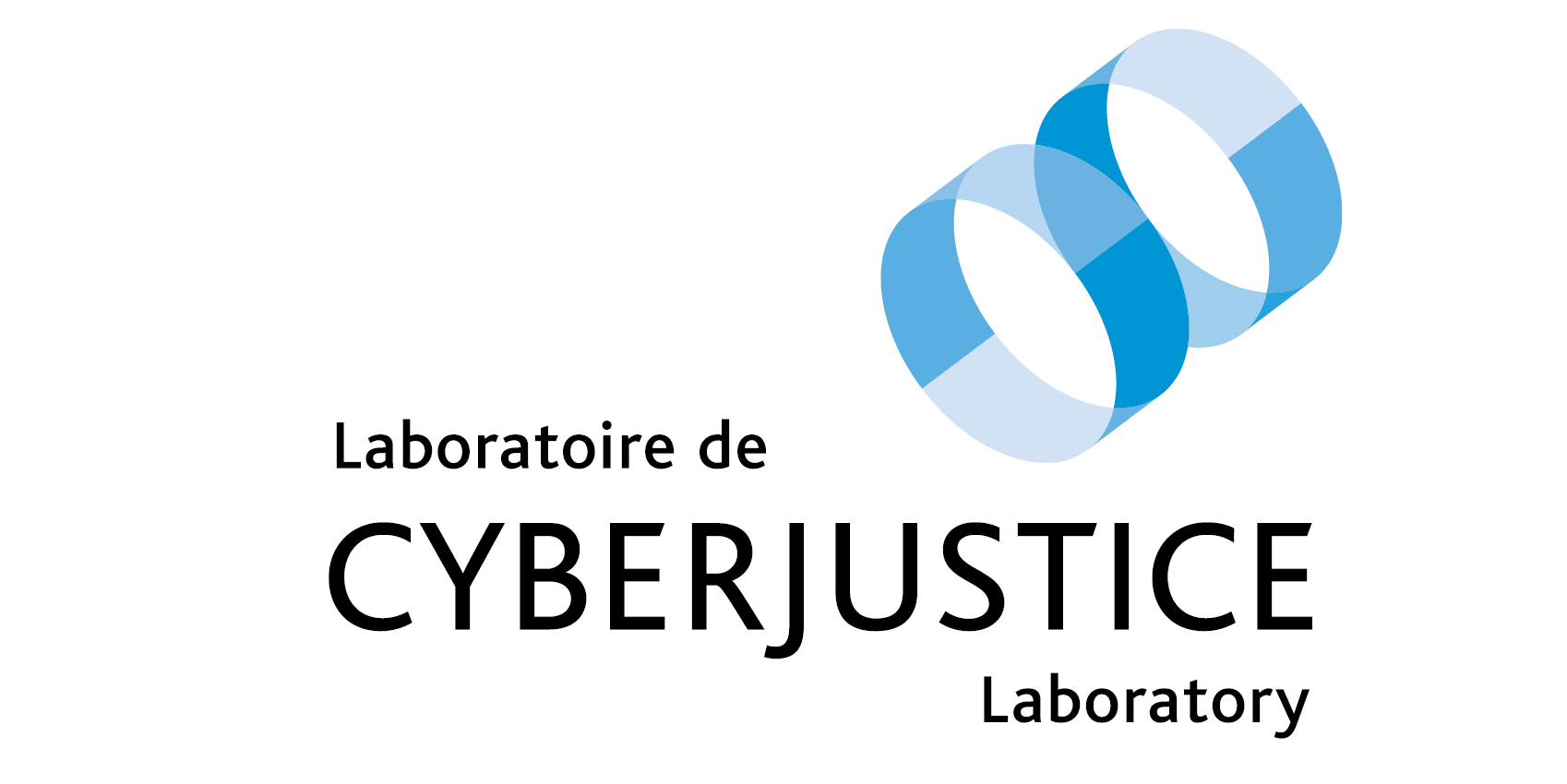The Cyberjustice Laboratory conducted a multi-jurisdictional comparative study of AI tools offered by Legaltech companies to legal professionals.
Written by Rémi Slama, Lawyer admitted to the Montreal Bar
In recent years, the rise of artificial intelligence (“AI”) and machine learning technologies has had a profound impact on various industries and professions, and the legal sector is no exception.

As a result, legal professionals have started using new tools from advanced legal research systems to decision support systems, that have transformed the way they work.
According to some experts, recent advancements in AI, particularly in natural language processing and machine learning, have challenged the notion of human expertise, as machines are becoming increasingly capable of performing complex tasks as well as or even better than their human creators.
These tools are developed by companies known as “Legaltech companies”, defined by the Council of Europe as “enterprises that use information technologies in the legal field to offer innovative legal services.”
The emergence of Legaltech companies is evidence of this trend, as they potentially offer new and innovative ways to improve legal work processes and enhance efficiency.
To understand this phenomenon, the Cyberjustice Laboratory conducted a multijurisdictional study aimed at mapping out different Legaltech companies in Canada and abroad providing and/or developing technologies for the benefit of law or access to justice.
The study focused on three types of tools: decision-making assistance tools, legal document management and automation tools, and legal research tools. The primary objective was to inform legal professionals about the technologies used in the tools that assist them in their daily tasks.
Within the framework of this study, we had the opportunity to experiment with the following tools :
BlackBoiler, Blue J, CanLII, Case Law Analytics, Casetext, Doctrine, Josef, Lawgeex, Superlegal, LegalUp, Luminance and Predictice.
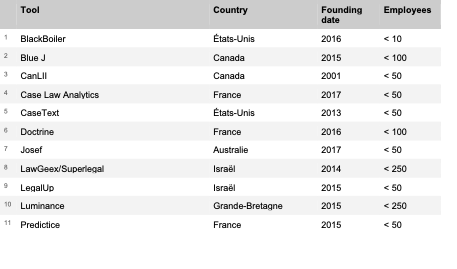
The report of the study can be obtained by accessing the following hyperlink.
Within this article, we shall expound upon the principal market trends pertaining to legal technology, along with what we consider to be noteworthy best practices.
I Market trends

A) Typology of tools and areas of law
Primarily, it is worth noting that there exists a worldwide trend in the advancement of legal technology.
This progress can be observed in various fields such as legal research tools, decision-making assistance tools, and legal document management and automation tools.
- Legal document management and automation tools are experiencing significant growth within the Legaltech industry
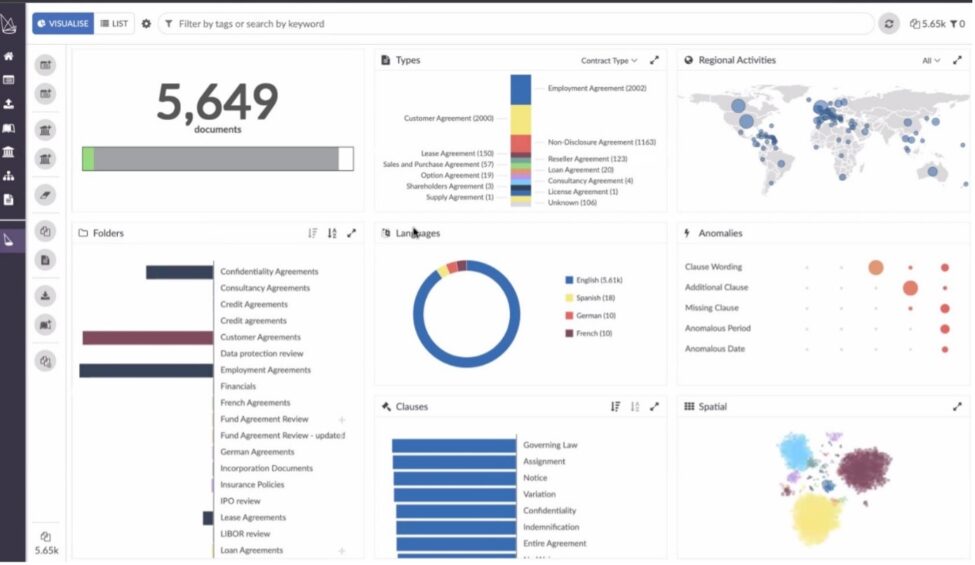
Our findings indicate that these systems are increasingly being utilized by legal professionals, although we cannot provide a typical profile of clients by category of tools.
• Legal document management and automation tools are mainly aimed at law firms producing a large volume of contracts.
Clients of these firms, such as legal departments of companies, are also important users.
Some players, such as Legalogic, have even segmented their activities into two separate companies (Superlegal and Lawgeex) to meet the needs of legal departments of companies and start-ups for the former and those of large law firms and audit and consulting firms for the latter.
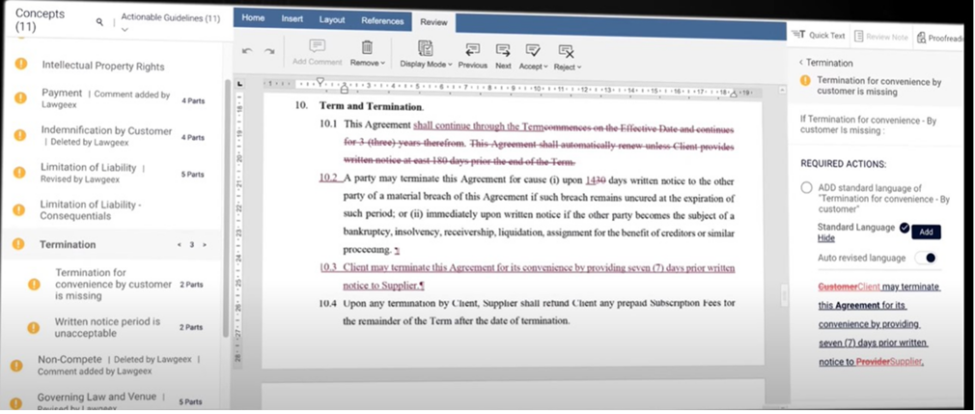
According to the players involved in this category of tools, the technology they develop to manage and automate legal documents applies regardless of the legal field concerned or even the language of the document.
- Legal research tools are widely used across all categories of legal professionals
This includes lawyers from small and large firms, as well as legal departments of companies.
Legal research tools with free versions (such as Casetext) or entirely free (such as CanLII) were also available to non-professionals (individuals or students).
These tools were generally not limited to a particular area of law and covered a very wide range of legal fields.
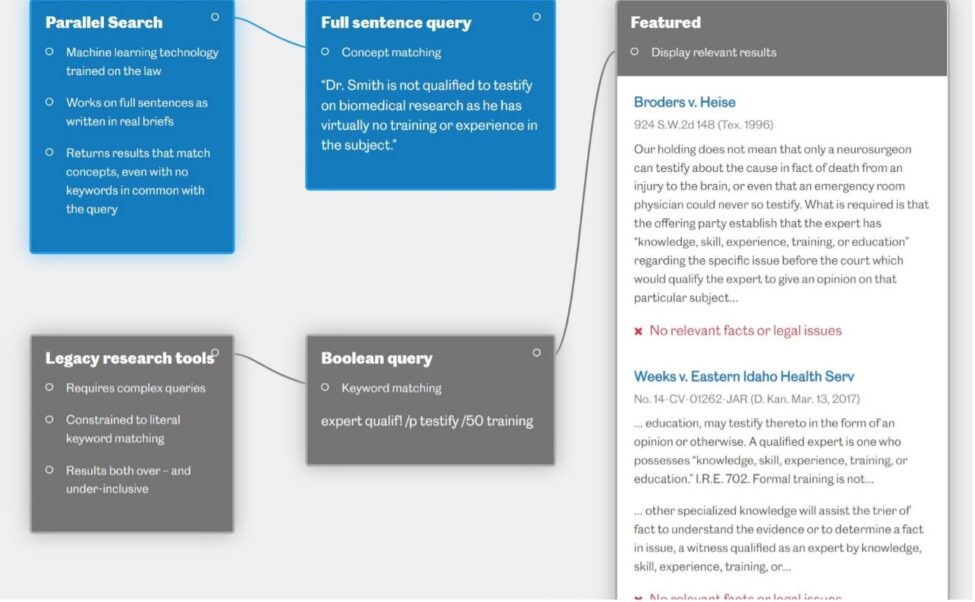
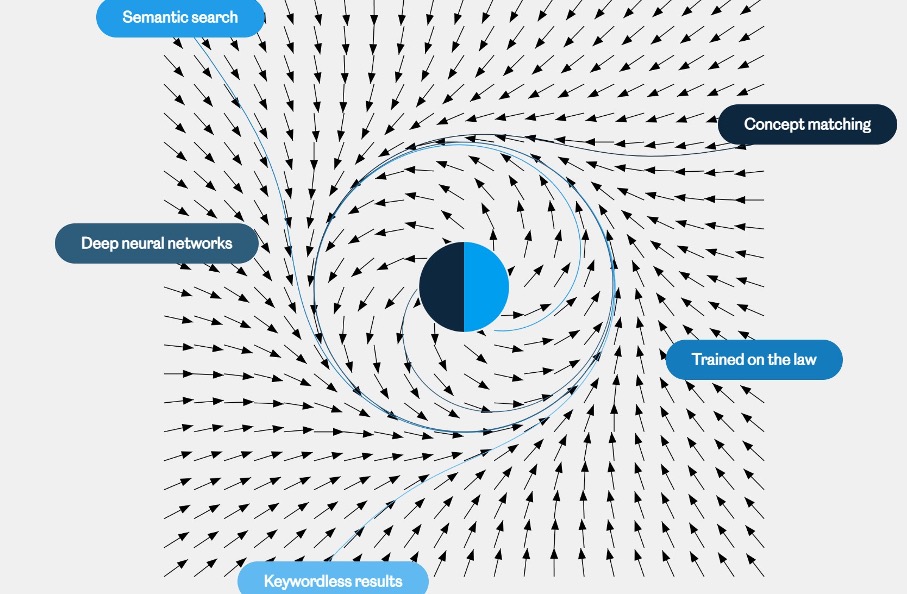
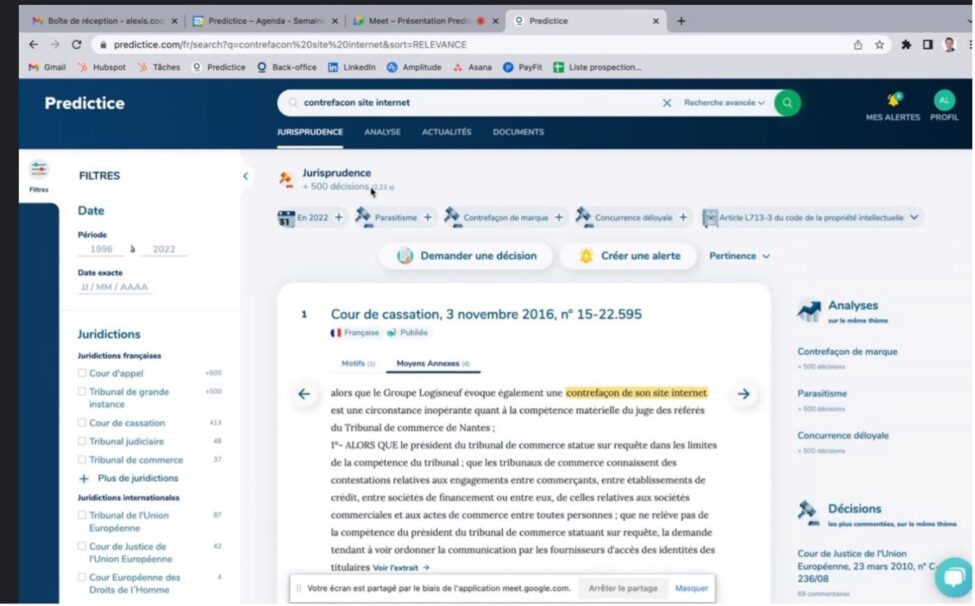
- Decision making assistance tools seemed to cover a wider range of legal professions
This includes law firms, legal departments, notaries, bailiffs, but also professionals such as accountants or chartered accountants, insurers, or human resources departments.
Some tools, such as CaseLawAnalytics, cover a wide range of legal fields such as labor law, commercial law, securities law, real estate law, public law, family law, intellectual property law, and personal injury law.

Other tools, such as Blue J, remain focused on specific areas of law, such as tax law or labor law.
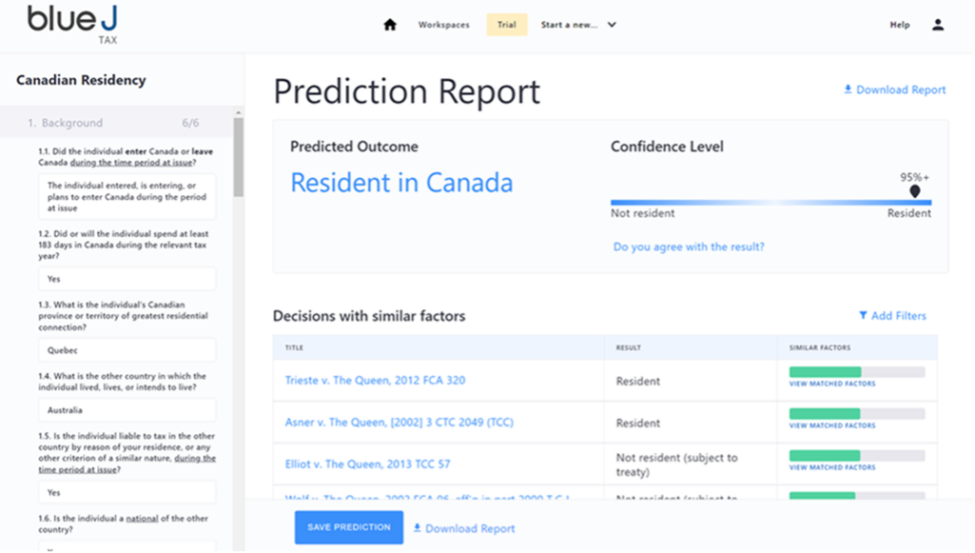
B) The tools are designed to optimize legal professionals’ practices
- At present, these legal technology systems are designed to enhance the competencies of legal professionals rather than to supplant them entirely.
Our findings suggest that the tools evaluated were specifically developed to optimize legal professionals’ practices.
The aim is not to delegate all tasks unique to legal professionals to an automated system, but rather to optimize certain activities to elevate the efficiency and efficacy of their professional practice.
Consequently, the present paradigm does not promote the replacement or disintermediation of human expertise by machines.
However, it remains a pertinent inquiry as to whether this will be the case in the future.
Several systems in the decision-making and legal document management and automation tool categories have shown significant efficiency and can accomplish highly complex tasks rapidly and with exceptional accuracy, thereby potentially challenging human expertise in certain areas.
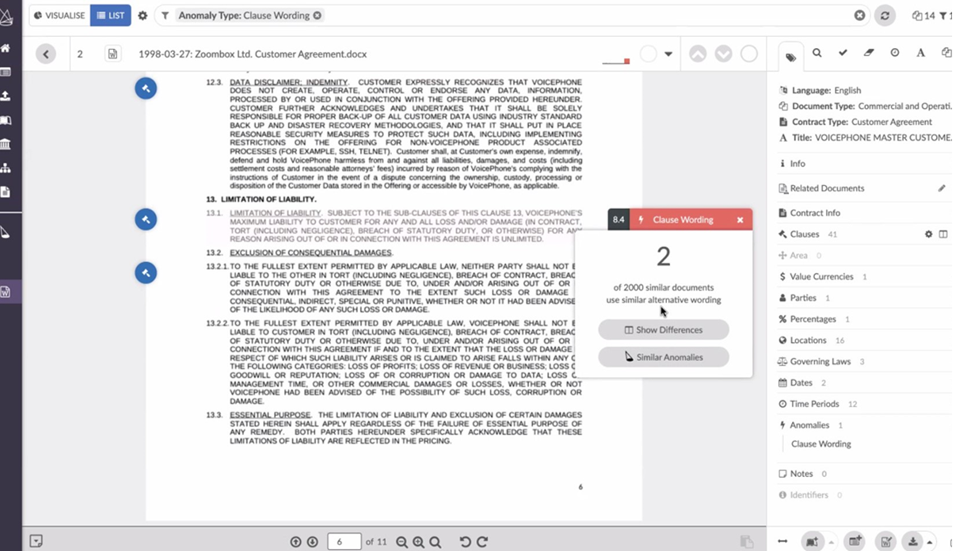
Even more disturbingly, during our tests, a Legaltech company informed us that its system had been authorized to practice as a legal professional in certain US states. This is the case with Lawgeex in the US states of Utah and Arizona.
While final supervision by a lawyer is still necessary, this avant-garde possibility already suggests potential future conflicts between the monopoly of legal professions and the push for increasingly innovative tools whose performance could render certain tasks performed by humans obsolete, or even unnecessary.
It should be further noted that this category of tools tends to standardize the sections or clauses of a legal document.
Ultimately, it is the responsibility of the legal professional (particularly the lawyer) utilizing such a tool to provide customized recommendations to their client.
This constitutes an additional benefit that the tools under scrutiny do not provide.
- The advent of innovative systems utilizing AI, or otherwise, has the potential to transform how lawyers operate and engage with their clients.
From the study, it appears that these systems can bring greater speed, more certainty, and more efficiency to the most time-consuming or repetitive tasks (such as legal research or document drafting), and this in increasingly varied areas of law.

In fact, the interest of these Legaltech companies lies in performing repetitive tasks of low or medium added value or low risk.
Legal professionals are then relieved of some of the most tedious types of work, such as the chain drafting of documents or exhaustive case law research.
As a result, legal professionals can benefit from more time to delve into more complex legal questions of higher added value.
C) Technologies : AI is not systematically used
During our study, we also found that not all Legaltech companies necessarily embraced the AI trend.
Moreover, and in practice, Legaltech companies using low AI systems offered solutions that were just as valid and performant as those claiming to use advanced AI.
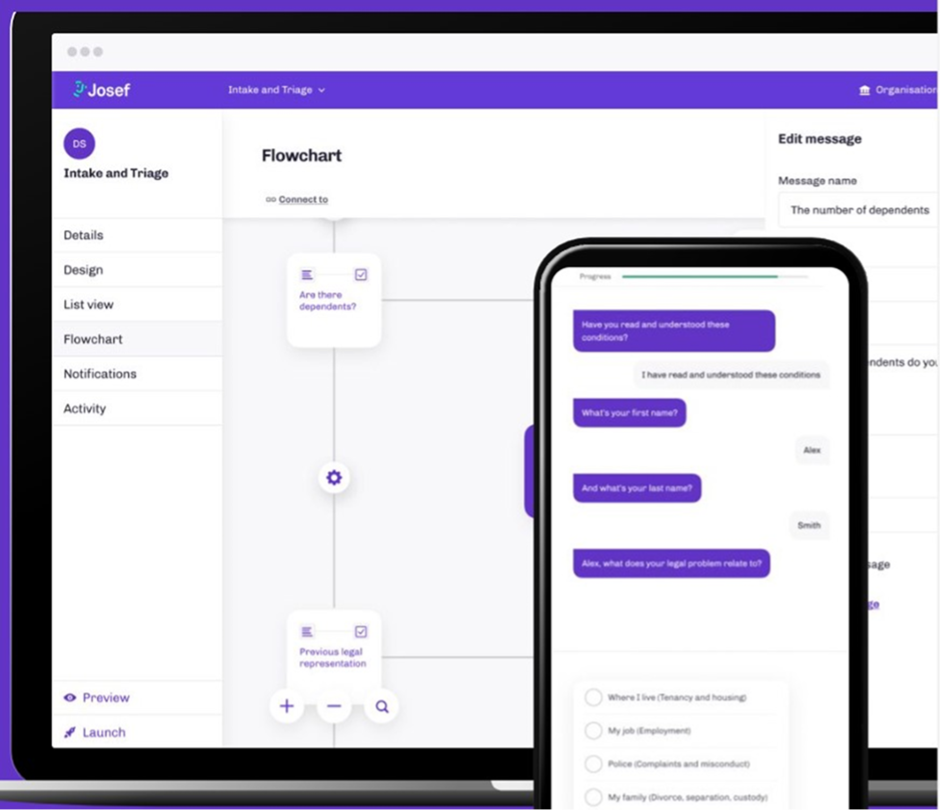
In this regard, the use of AI often constituted a major marketing argument, which could bias the user’s perception.
We were not always able to verify this assertion in practice, but it is certain that the level of AI sophistication used in Legaltech systems appeared to be very uneven at times in terms of sophistication.
However, an actor using AI with advanced mathematical modeling (Case Law Analytics) allowed us to verify the achievement of results whose added value for the user was proportional to the sophistication of its algorithms.

Other actors, emphasizing the use of AI, did not seem to provide truly advanced solutions compared to systems that have already existed for about fifteen years on the market.
D) Privacy policies

The vast majority of Legaltech companies seemed to take data protection seriously, especially those using machine learning, which require a significant amount of data to be effective.
E) Transparency on the operation of the technologies used
A notable trend, however, is the possibility for the user to participate in training to better understand the functioning of Legaltech technologies and to appreciate the results they induce.
In addition to the technical support widely offered by all tested Legaltech companies, some actors also offered training services for their tool.
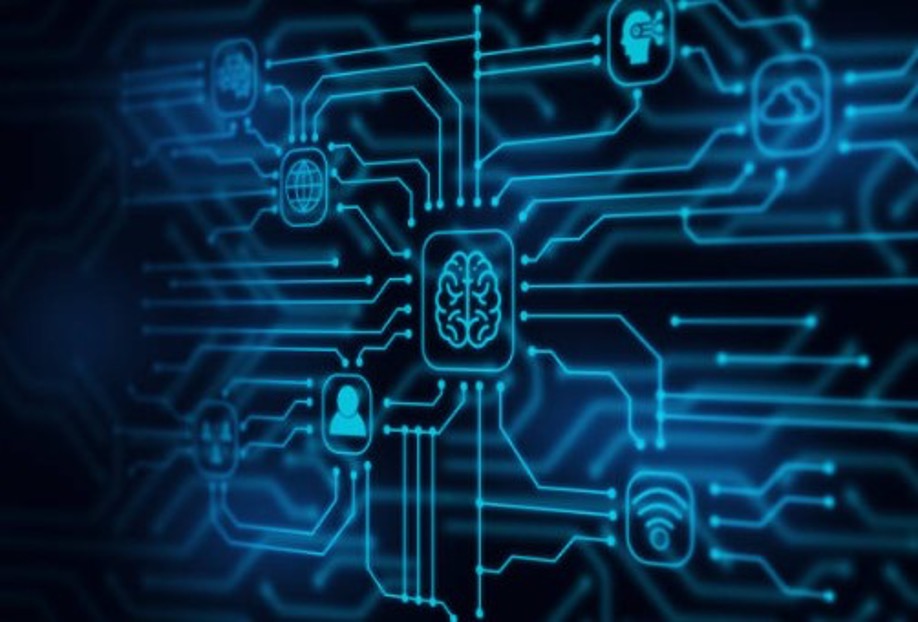
In some cases, and when the proposed solutions are complex, the Legaltech offered internal support to the company (onboarding) to better customize the results of the technology’s use.
However, none of the selected Legaltech companies offered dedicated training on the inherent questions of algorithm functioning and bias, data usage, statistics, or calculation methods.
We believe this would allow users (whether they are professionals or laypeople) to take a more critical approach to the use of these tools and their effects.
II Best practices
A) Practices that improve transparency, particularly regarding the technology used :
Legaltech companies operating in an ultra-competitive sector where technology can be a particularly important competitive advantage, may be reluctant to reveal the secret recipe of their technology.
However, some companies still explain the workings of their technology in a clear manner, directly on their website, without revealing any strategic information.
During demonstrations, clear information can also be provided.
One legaltech, Luminance, displayed notable transparency by providing us with several commercial documents in PDF format, one of which was titled « Security Standards and Protocols » and detailed data processing and privacy protection, incident management and remedies, secure application development, threat detection and control, security and risk governance, as well as security certifications.
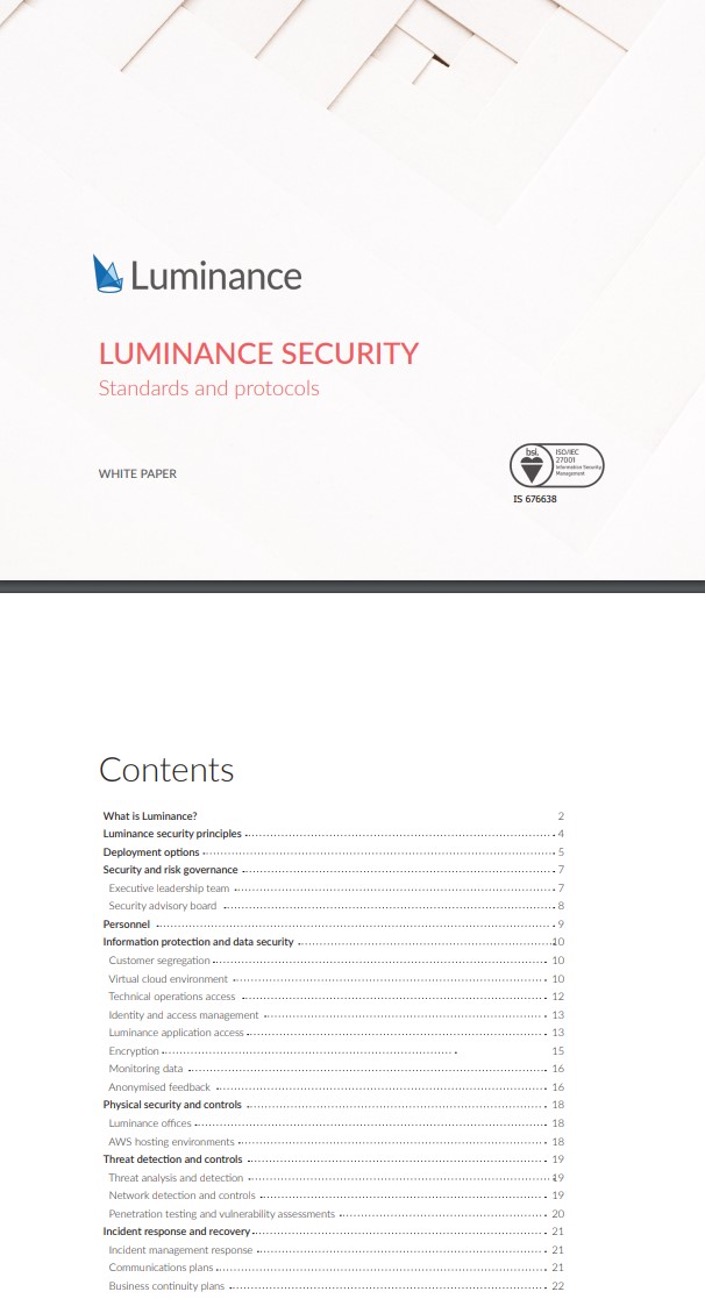
This practice seems useful because it raises user awareness of the important aspects related to using the technology developed by the company.
Other companies have also been transparent by indicating the reliability percentage of their algorithms, even if it cannot be verified by the user, it at least justifies the performance of an algorithm.
B) Practices that allow technical support for the user :
This type of practice was observed in all the tools tested, and it has become standardized.
Support may be provided even before the user subscribes to the offer and can be intense (some companies offer a permanent support service 7 days a week).

Several firms also provide assistance to users beyond the trial period of their software.
As we have mentioned earlier, we firmly believe that any legal technology enterprise providing training for their tools is advancing in the proper direction, although it is essential to consistently address the biases inherent in these technologies.
C) Practices related to tool accessibility :
In terms of accessibility, most of the tools tested demonstrated a certain ease of use.
This is commendable as not all legal professionals and users are familiar with technology.
However, some tools require more familiarity than others before they can be fully exploited.
A good practice we observed is the ability to receive real-time advice and explanations at the very beginning of the user experience, or at any time.

The automatic recording of searches, the ability to save drafts, and the customization of reports by inserting organizational logos or graphics (e.g., a law firm) are also notable practices.
Accessibility also includes well-designed graphics and clear icons, simple sentences, and an adequate mix of different media (text, images, videos, or graphics).
D) Practices that allow a demonstration or a free trial of the tool:
An excellent practice is the ability for professionals to benefit from a free trial of the technology, as well as a demonstration by an engineer.

Companies that offer this service enable us to quickly become familiar with the tool and understand its value.
E) Practices that involve developing tools in collaboration with the relevant professionals :
Legaltech companies that claim to develop their modules in direct partnership with legal professionals seem to offer the most practical and high-performing tools.
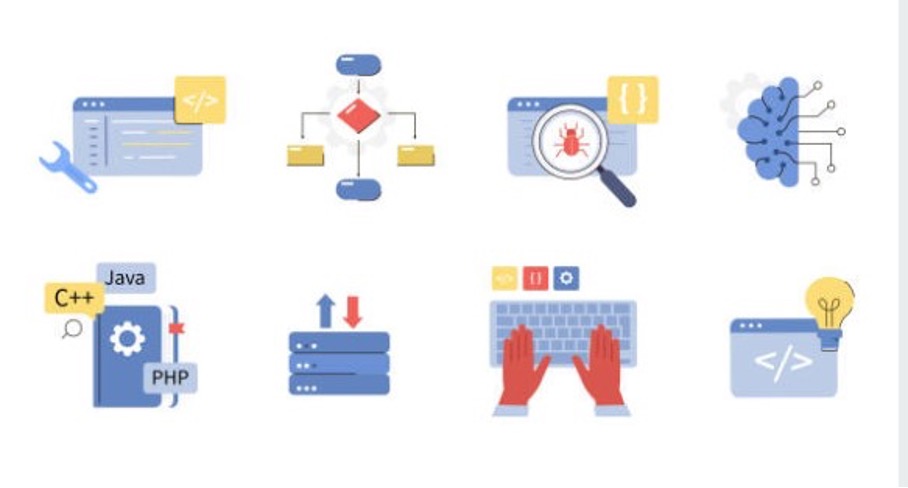
Conclusion
The evolution of Legaltech tools is an ongoing process, and we anticipate that there will be further advancements in the near future that will continue to impact the legal profession.
The sector is evolving very rapidly. Since the publication of our study, an increasing number of Legaltech companies have added features using Chat GPT (such as case law summarization functions for Predictice or Casetext’s legal assistant co-counsel).
In addition, Case Law Analytics has developed a new tool enabling automatic classification of documents in a criminal case and identification of any irregularities affecting the proceedings. The tool provides a status report on the legality of each legal action, accompanied by a reliability score. It relies on the latest natural language processing (“NLP”) techniques in AI and provides criminal law practitioners with support in reading and analyzing their cases.
As such, it is crucial for the Cyberjustice Laboratory to stay apprised of these developments and to conduct additional research to ensure that our understanding of the legal technology landscape remains current and relevant.
Through our ongoing research, we hope to provide valuable insights into the benefits and limitations of Legaltech tools and to identify best practices that can help legal professionals to leverage these tools effectively.
We also believe that by conducting further studies and following the evolution of the legal technology industry, we can contribute to ensuring that these tools are used in ways that benefit both professionals and their clients, ultimately improving accessibility to justice and the legal system.

If you would like us to test your Legaltech tool, please do not hesitate to get in touch with us.
We would be happy to evaluate your tool and provide feedback on its functionality, usability, and overall effectiveness.
Ce contenu a été mis à jour le 14 décembre 2023 à 11 h 17 min.
